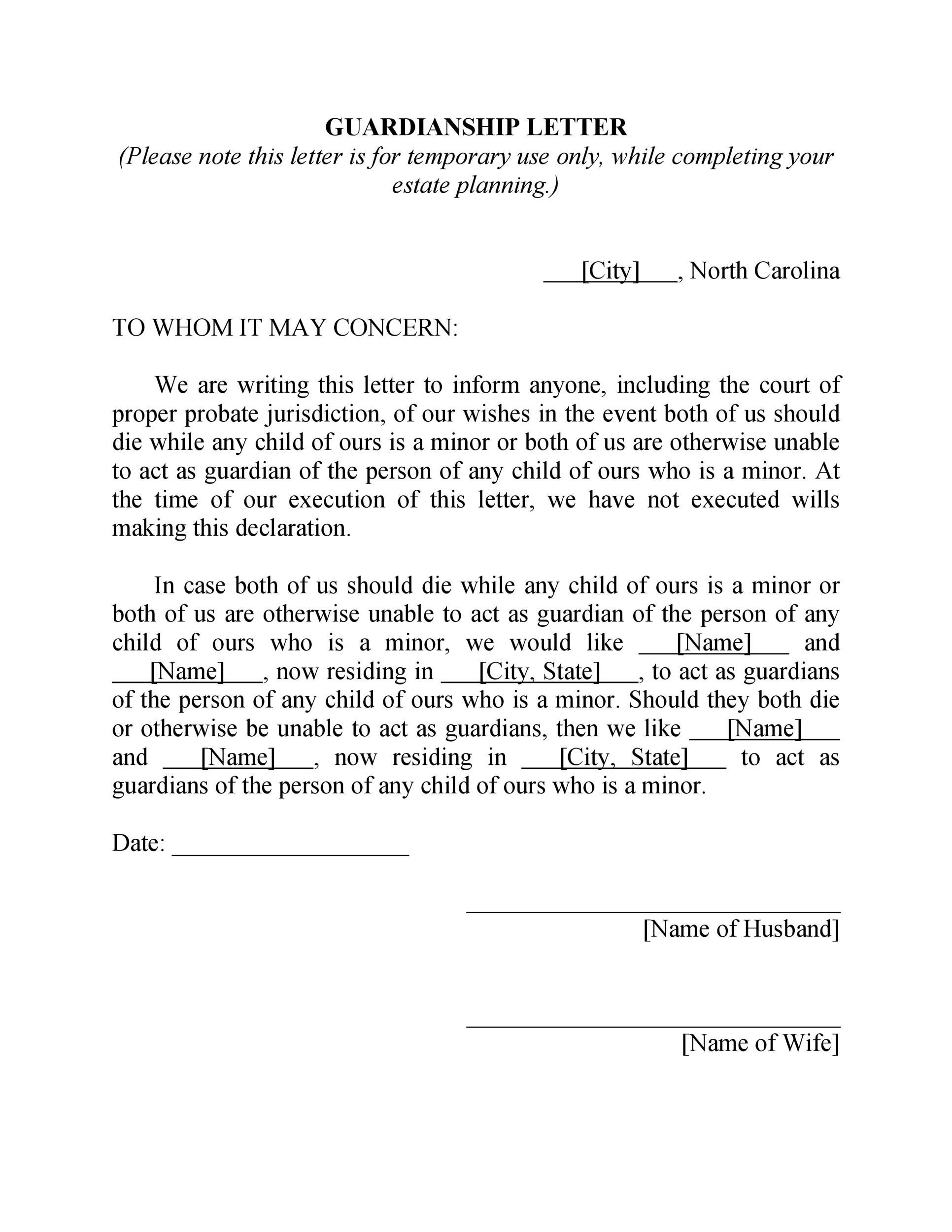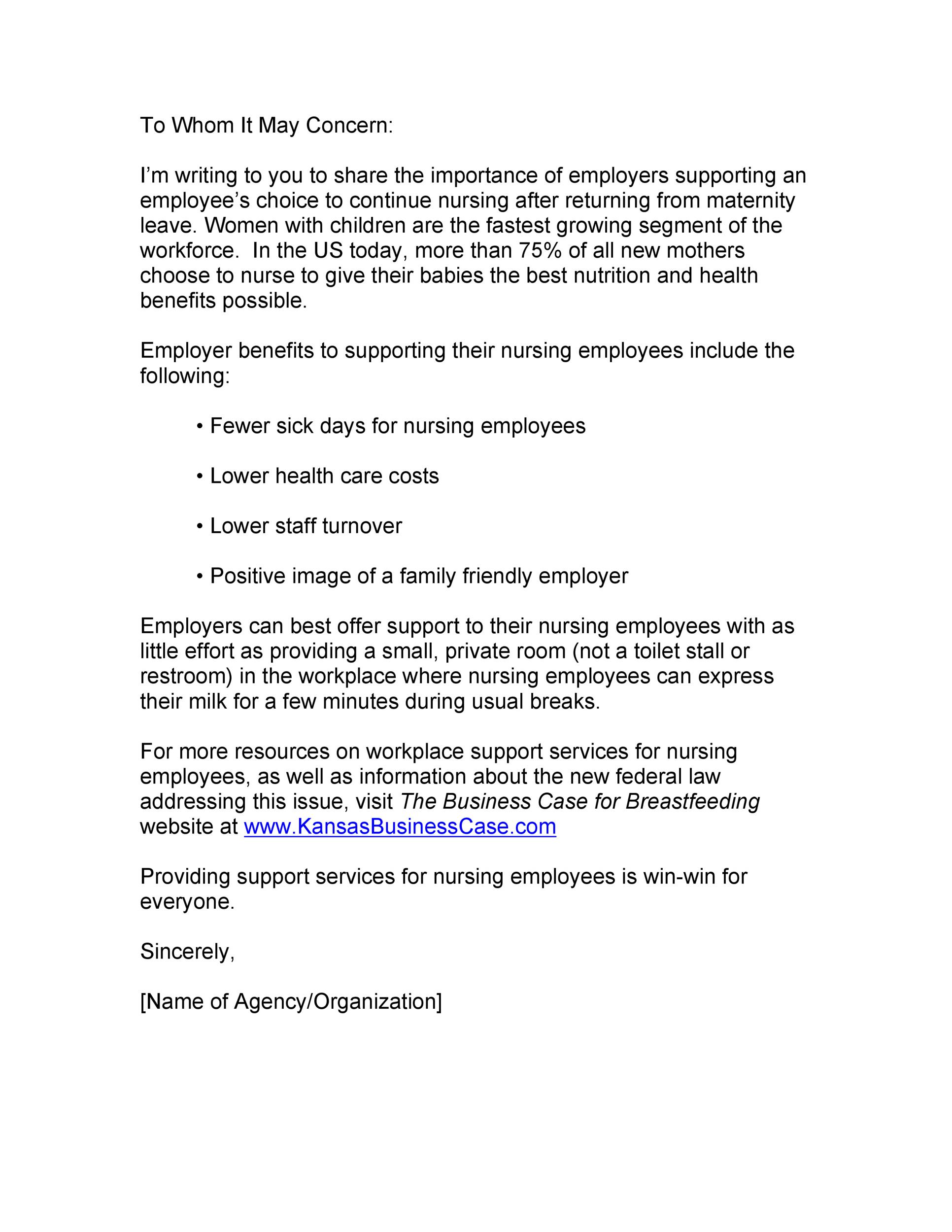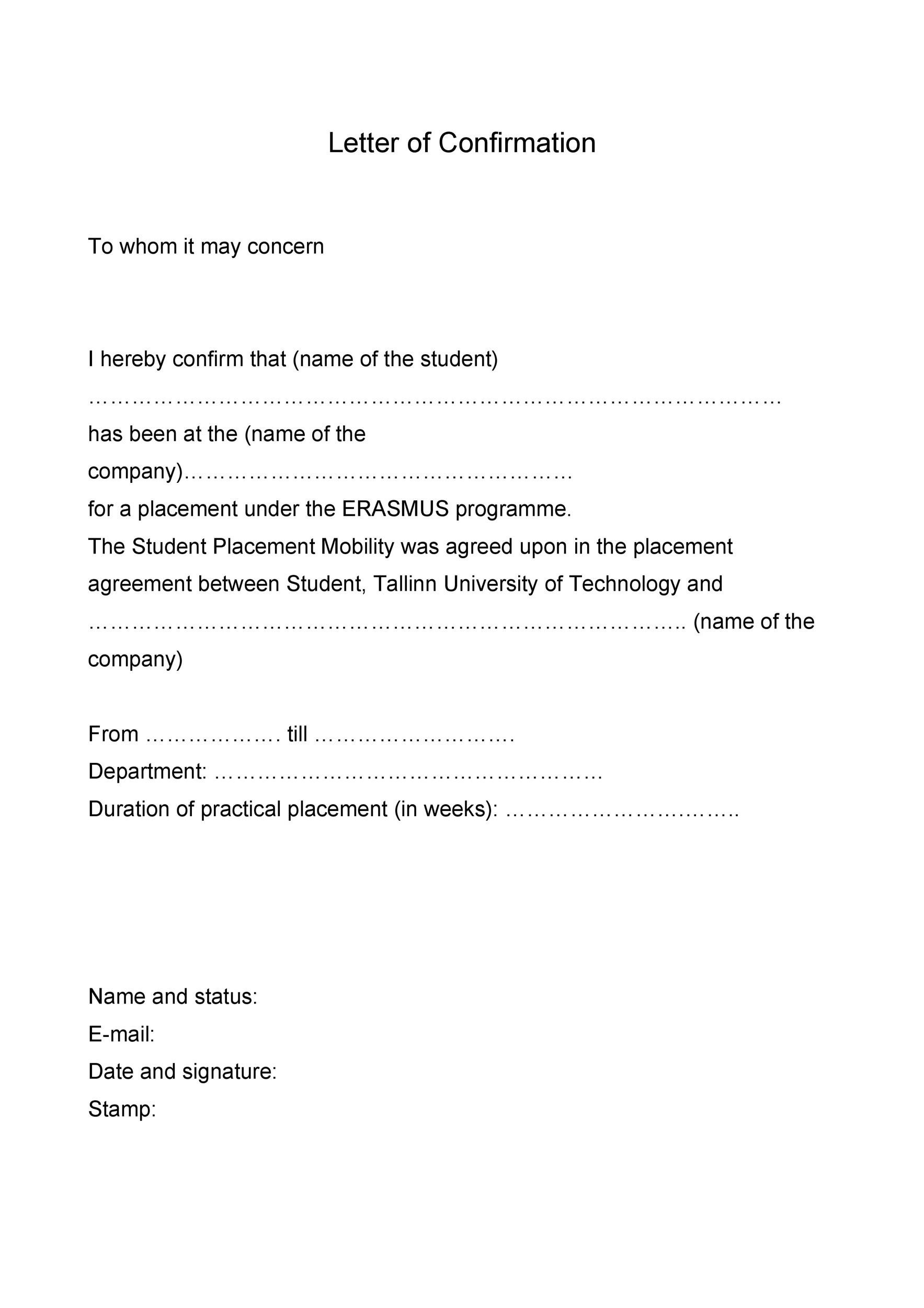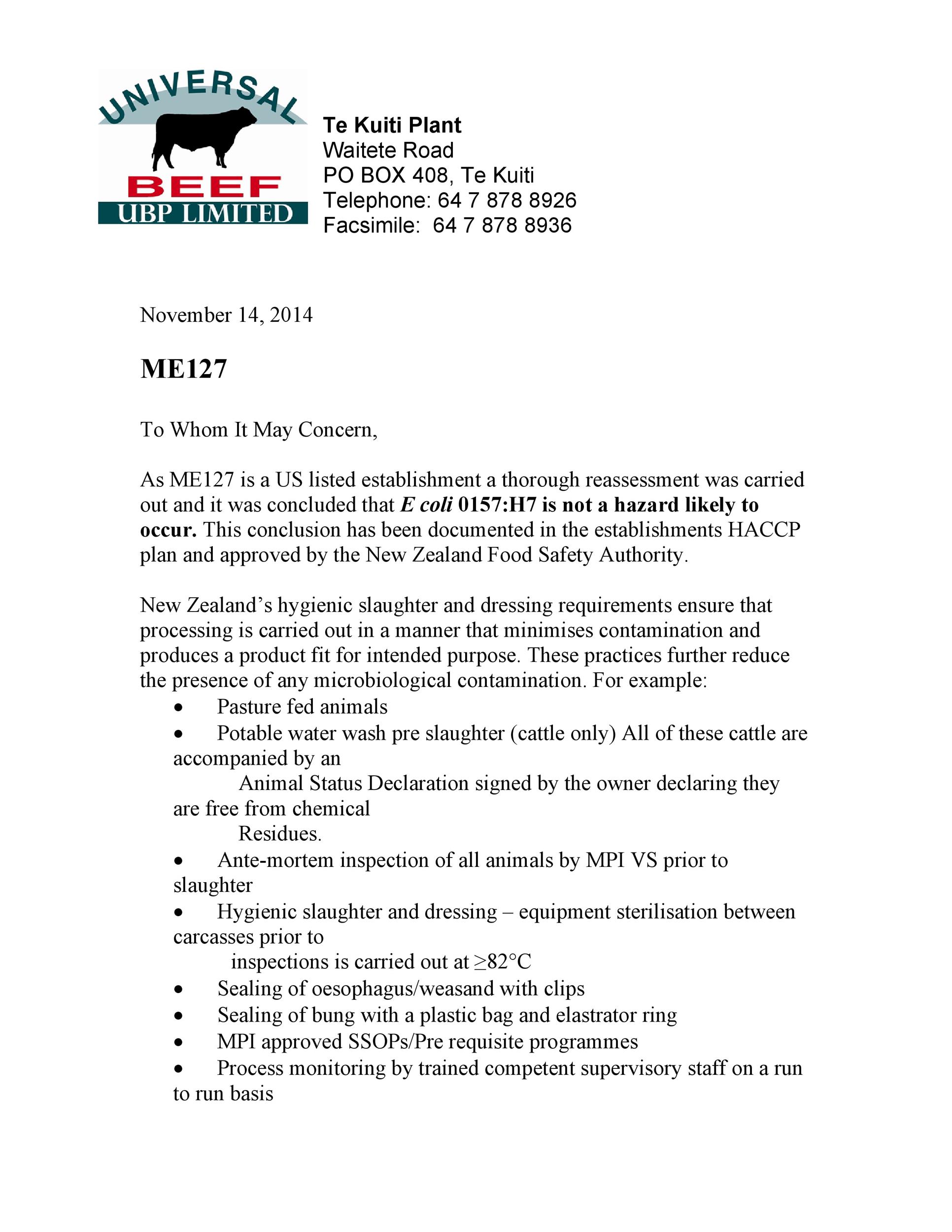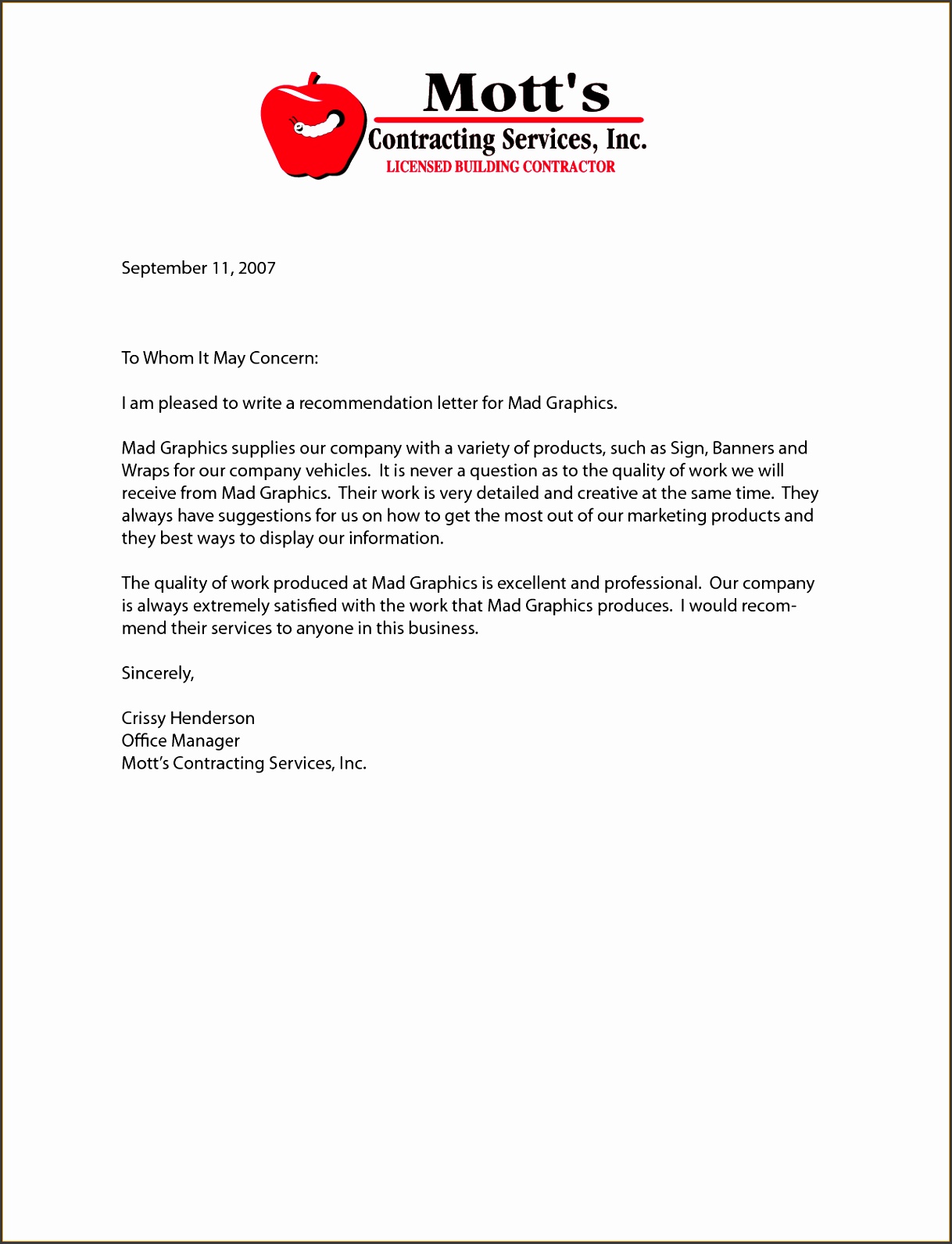Web “to whom it may concern” is a conventional formal generic salutation used in letters or correspondence where the name and title of the addressee or recipient are unknown. Obviously, you won’t always be able to find out the name of the person you’re writing to, and you may not be reaching out to a specific person at all. The layout and the flow should remain the same. The generic salutation is suitable for formal invitations because you might not know the exact contact person but still want to sound respectful. It is generally considered a professional way to begin a cover letter or an email for business correspondence.
Web discover the perfect blend of professionalism and clarity in our expertly crafted 'to whom it may concern' letter sample. Web a “to whom it may concern” letter is a formal way of writing to someone when you don’t know their name or specific job title. The layout and the flow should remain the same. These letters are titled like this because they are intended for anyone for whom it has importance and is not written for anyone specifically. To whom it may concern is a general way to address correspondence to a recipient whose name is unknown.
This comprehensive guide offers practical examples and insights into crafting effective communications with this traditional greeting. To use a template, simply fill in the relevant information in the template and then print or email it. Web “to whom it may concern” is ok when you’re not trying to impress the reader of the letter or email. Web the salutation “to whom it may concern” is traditionally used when you don’t know who you’re writing to, or if you’re unsure about the name of the person you’re addressing. Web to whom it may concern is a salutation for a letter or email, most commonly employed when the writer does not know the recipient’s name.
If the sender’s address is not mentioned at the top, it can be included below the signature. The layout and the flow should remain the same. Web a “to whom it may concern” letter is a formal way of writing to someone when you don’t know their name or specific job title. Web the salutation “to whom it may concern” is traditionally used when you don’t know who you’re writing to, or if you’re unsure about the name of the person you’re addressing. To use a template, simply fill in the relevant information in the template and then print or email it. It’s like saying “dear sir or madam” and is used for various reasons, such as asking for information, applying for a job when you’re not sure who the hiring manager is, or writing a recommendation for someone. Start a new paragraph after typing your greeting. For instance, if you receive a letter requesting a quotation or some information about your business from a company, then. Always format “to whom it may concern” with a capital letter at the beginning of each word. Follow it with a colon. Sometimes, though, using this phrase in your introduction letter may make you. These letters are titled like this because they are intended for anyone for whom it has importance and is not written for anyone specifically. This standard template should be followed strictly when writing a formal letter. Web you can write a to whom it may concern letter confirming your responsibility for the family member who wants to visit. Web “to whom it may concern” is a conventional formal generic salutation used in letters or correspondence where the name and title of the addressee or recipient are unknown.
Web “To Whom It May Concern” Is A Salutation That Is Used When You Do Not Know Who You Are To Address Your Formal Letter.
Web find inspiration in our curated catalog of letters to whom it may concern. It ensures that your letter will be read by the person responsible for handling such matters, without making it seem like you didn't do your homework. Web you can write a to whom it may concern letter confirming your responsibility for the family member who wants to visit. Web a “to whom it may concern” letter is okay to use when you introduce yourself to a person you have not yet met.
This Comprehensive Guide Offers Practical Examples And Insights Into Crafting Effective Communications With This Traditional Greeting.
Web in this post, let me share some of the best “to whom it may concern” sample template examples of how to use them correctly in your email or letter. For example, you’re sending out a letter of complaint because you’re unhappy about the service you’ve received, or one of your colleagues has asked you to provide a letter of recommendation for them. Always format “to whom it may concern” with a capital letter at the beginning of each word. Ideal for various formal communications, this template simplifies writing official letters for diverse needs.
Web Here’s A Tip:
If the sender’s address is not mentioned at the top, it can be included below the signature. Web if you're writing a complaint letter to a company and you don't know who will be reading it, to whom it may concern is appropriate. Web the salutation “to whom it may concern” is traditionally used when you don’t know who you’re writing to, or if you’re unsure about the name of the person you’re addressing. For instance, if you receive a letter requesting a quotation or some information about your business from a company, then.
These Letters Are Titled Like This Because They Are Intended For Anyone For Whom It Has Importance And Is Not Written For Anyone Specifically.
Each sample letter comes with guidelines and advice to help you find the right words. Web updated july 9, 2022. Web here are some tips and alternatives to “to whom it may concern” that can help you make a lasting impression: Before addressing your cover letter, take the time to research.





